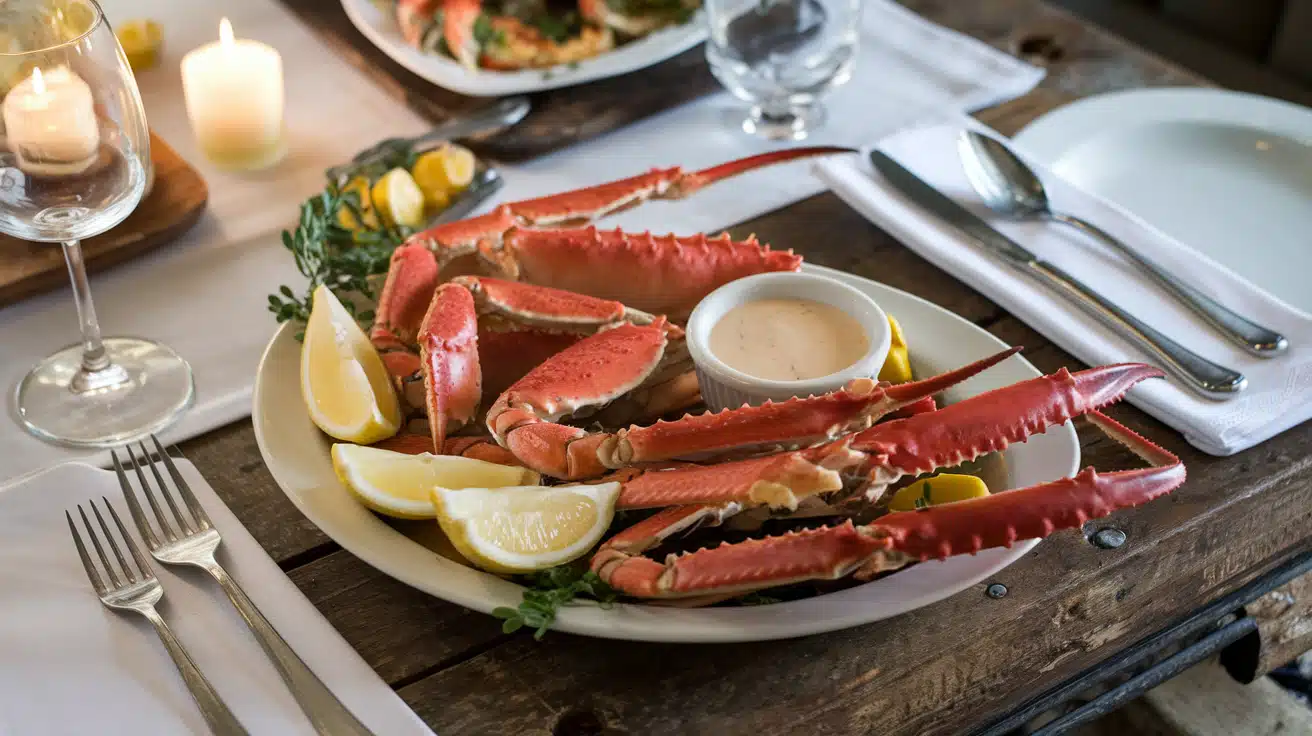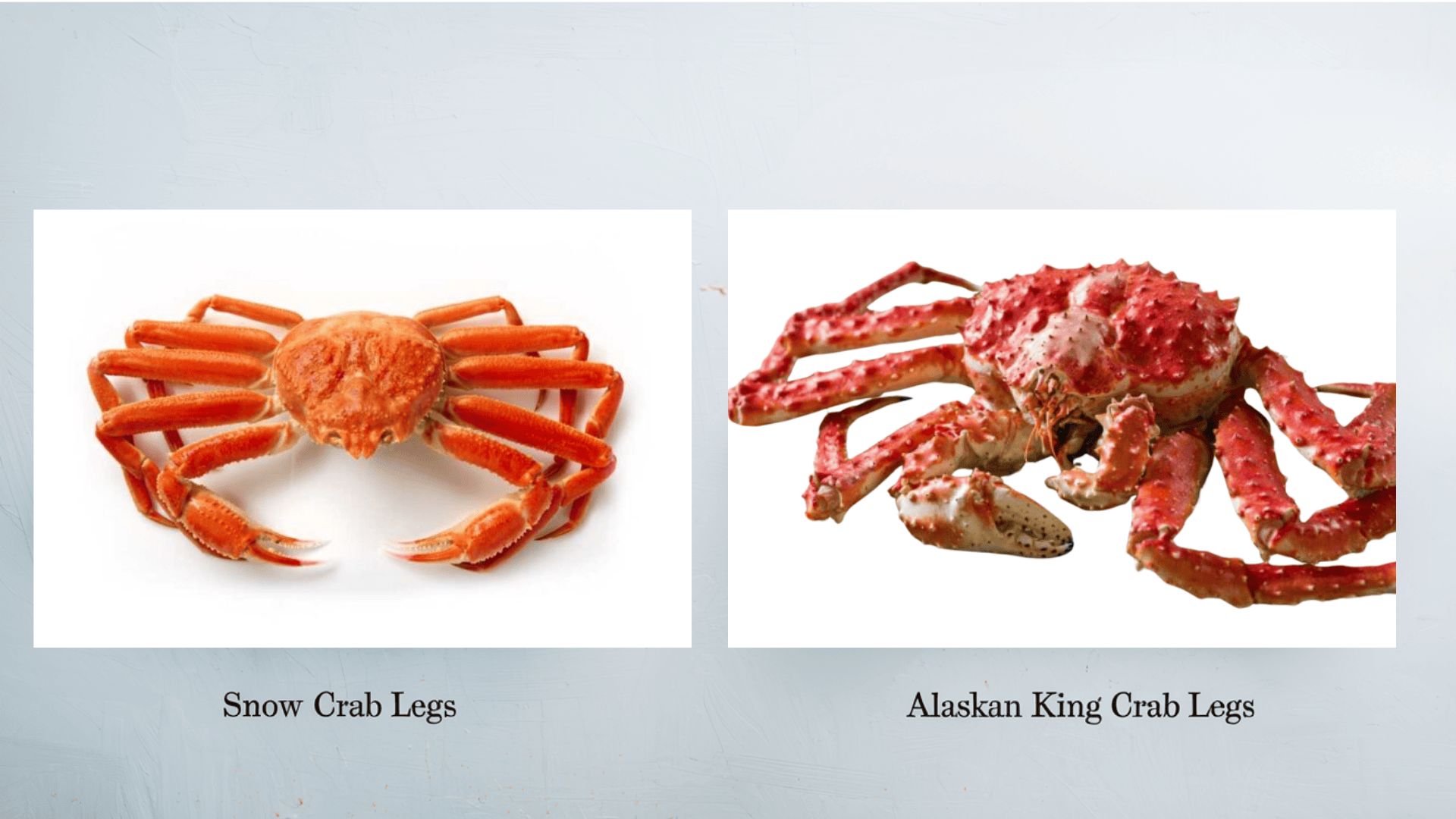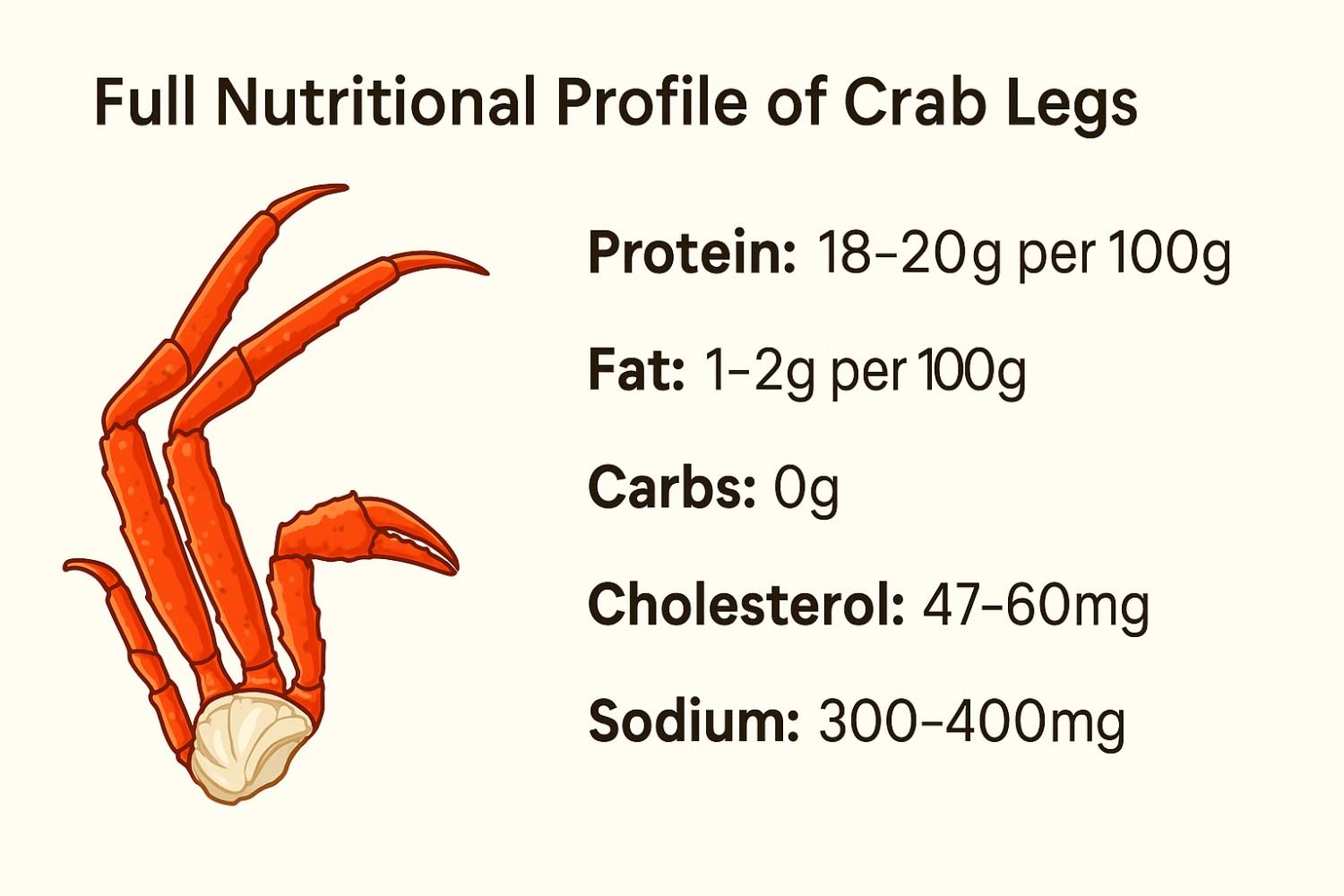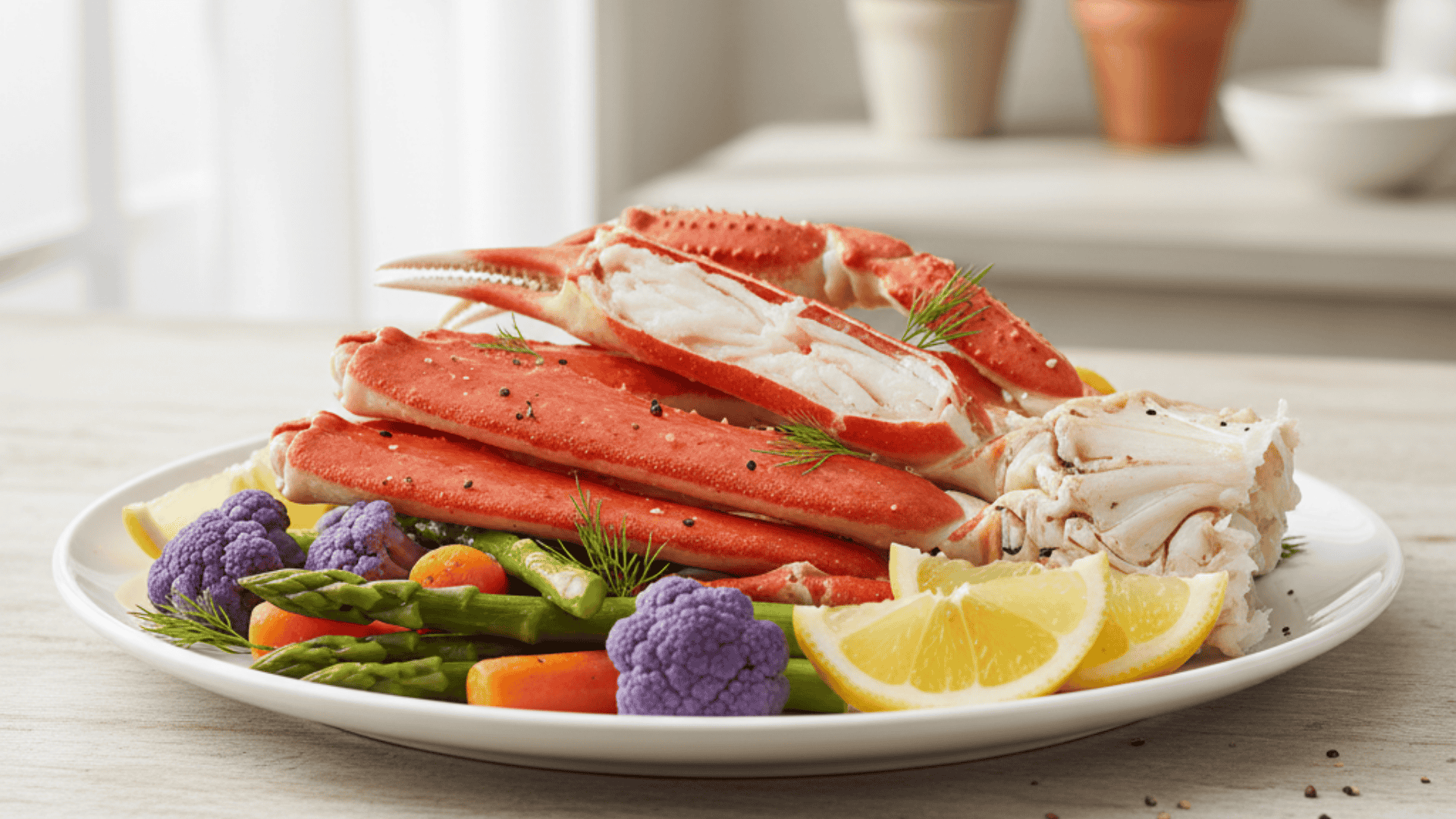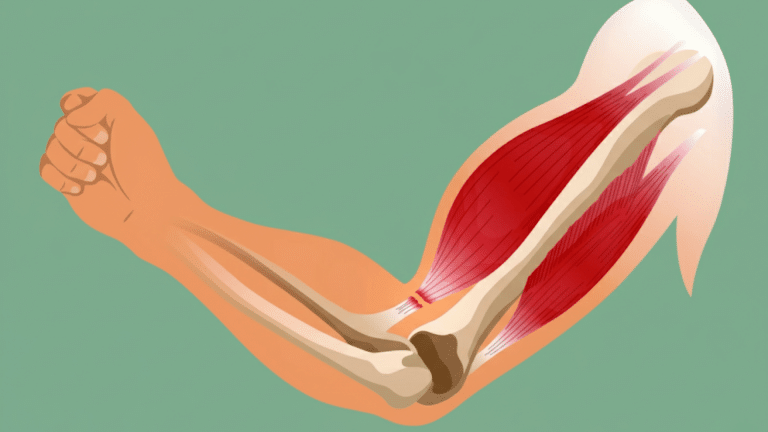Crab legs are a delicious seafood treat that’s loved by many, but have you ever stopped to wonder what exactly makes them so special?
Whether you’re a fan of the sweet, tender snow crab or the big, meaty Alaskan king crab, crab legs offer a tasty and nutritious option that’s surprisingly diet-friendly.
This blog will break down everything you need to know about the different types of crab legs and their calorie counts, as well as their impressive nutritional benefits.
We’ll also examine how cooking methods impact their nutrition and share tips on incorporating them into healthy, simple meals.
So, if you’re curious about what’s really on your plate when you dig into those crab legs, keep reading!
What Are Crab Legs? A Quick Overview
Crab legs come from tasty critters like snow crab and Alaskan king crab.
Snow crabs are smaller with a sweet flavor, while king crabs are big, meaty, and a bit richer.
Most crab legs you buy are pre-cooked, often steamed or boiled. Where they’re caught matters: Alaskan crabs are a solid, sustainable choice.
How you prepare them can change the nutrition slightly, such as adding butter (yummy but calorie-heavy).
Knowing the basics helps you understand what’s on your plate.
Calories in Crab Legs: Breakdown by Type
Crab legs are a win for anyone counting calories. They’re extremely low, typically ranging from 80 to 100 calories per 100 grams. Let’s break it down by type.
-
Snow Crab: A 3-ounce serving (about 85g) has 70-80 calories. That’s like a small snack! A single leg or small cluster stays in that range.
-
Alaskan King Crab: One leg (around 134g) packs about 130 calories. It’s a bit more because king crabs are meatier.
The shell doesn’t count in calorie math; it’s just the meat. Watch out for extras like butter or sauces; they can quickly double the calories.
Raw or cooked doesn’t change much if you stick to steaming or boiling.
Nutrition Table: Snow Crab vs King Crab
Here’s a quick look at the calories:
|
Type |
Serving Size |
Calories |
|---|---|---|
|
Snow Crab |
3oz (85g) |
70-80 |
|
King Crab |
1 leg (134g) |
130 |
This table makes it easy to see why crab legs are a diet-friendly pick.
Full Nutritional Profile of Crab Legs
Crab legs aren’t just low-cal; they’re nutrient powerhouses. They’re packed with protein, low in fat, and have zero carbs. Here’s the scoop:
-
Protein: About 18-20g per 100g. That’s great for your muscles and helps keep you full.
-
Fat: Only 1-2g per 100g, mostly healthy omega-3s. Snow crab’s leaner, around 1g; king crab’s closer to 2g.
-
Carbs: Zilch. Perfect for keto or low-carb diets.
-
Cholesterol and Sodium: Snow crab contains 47-60mg of cholesterol and 300-400mg of sodium per 3oz serving. King crab is similar but slightly higher in cholesterol (71mg) and sodium (~380mg).
Both snow crab and King crab are lean and mean, with king crab edging out slightly in protein.
Vitamins in Crab Legs: Key Benefits
Crab legs are like a vitamin pill from the sea. They’re loaded with B vitamins and more. Here’s what you get:
-
Vitamin B12: Both types have tons of 8-11mcg per 100g, way more than your daily need. It keeps nerves healthy and fights fatigue.
-
Vitamin B6 and Folate: These help make red blood cells. You get a decent dose in every bite.
-
Vitamin D: Snow crab can contain up to 40mcg in some cases, which is beneficial for bones and immunity.
-
Vitamin A: Small amounts, but it’s there for eye health.
King crab may have a slight edge in B12, but both are excellent sources of energy and overall health benefits.
Minerals in Crab Legs: Essential Trace Elements
Crab legs bring a mineral party to your plate. They’re packed with stuff your body needs:
-
Selenium: Around 40-50mcg per 100g (most of your daily dose). It’s an antioxidant that fights cell damage.
-
Zinc: 3-5mg, great for your immune system. Snow crab’s a bit higher here.
-
Phosphorus: 200-250mg for strong bones.
-
Copper and Iron: King crab’s got more copper (0.6-1mg); both have some iron for energy.
-
Calcium and Magnesium: About 50-60mg calcium and a sprinkle of magnesium.
Sodium is moderate (300-400mg), so if you’re watching salt, don’t overdo sauces. Mercury’s low, making crab legs a safe seafood pick.
Health Benefits of Crab Legs Nutrition
Why eat crab legs? They’re not just tasty, they’re good for you. Here’s how:
-
Heart Health: Omega-3s (200-400mg per 100g) can lower bad cholesterol and keep your ticker happy.
-
Muscle and Bone Support: High protein builds muscle; phosphorus and calcium strengthen bones.
-
Brain Boost: B12 and omega-3s may lower dementia risk if you eat seafood weekly.
-
Immune Power: Zinc and selenium keep your defenses strong.
-
Weight Loss: Low-calorie and high-protein options help you feel full without packing on pounds.
Compared to shrimp (higher calories), crab legs are a leaner choice. Just don’t drown them in butter!
How to Incorporate Crab Legs into Your Diet
Crab legs are easy to love.
Steam them with lemon for a low-cal meal. Boil or grill for variety.
A 3-4oz serving is plenty for a meal, pair with veggies or a salad. Avoid heavy sauces to keep it healthy.
Got shellfish allergies? Try salmon instead. Imitation crab’s an option, but it’s processed and has more carbs (9g per 85g).
Look up simple recipes online for inspiration, like crab leg boils or garlic butter dips (use sparingly!).
Conclusion
Crab legs are more than just a delicious treat; they’re a nutritious and low-calorie option that fits well into many diets.
Whether you prefer the sweeter snow crab or the meatier king crab, both provide a powerful boost of protein, essential vitamins, and minerals that support heart health, immunity, and muscle repair.
Understanding their nutritional benefits helps you make smarter choices when enjoying this seafood favorite.
Ready to add crab legs to your menu?
Try steaming them simply with lemon or pairing with fresh veggies for a healthy meal.


